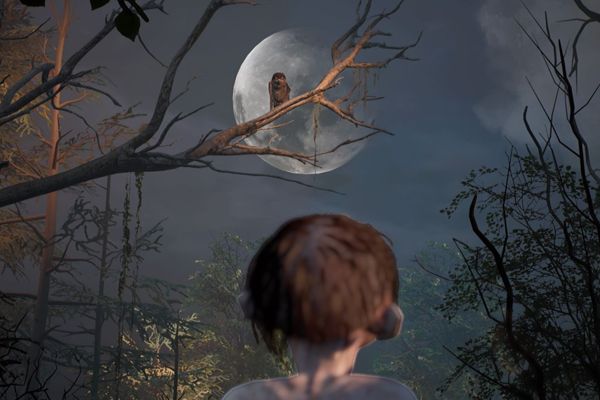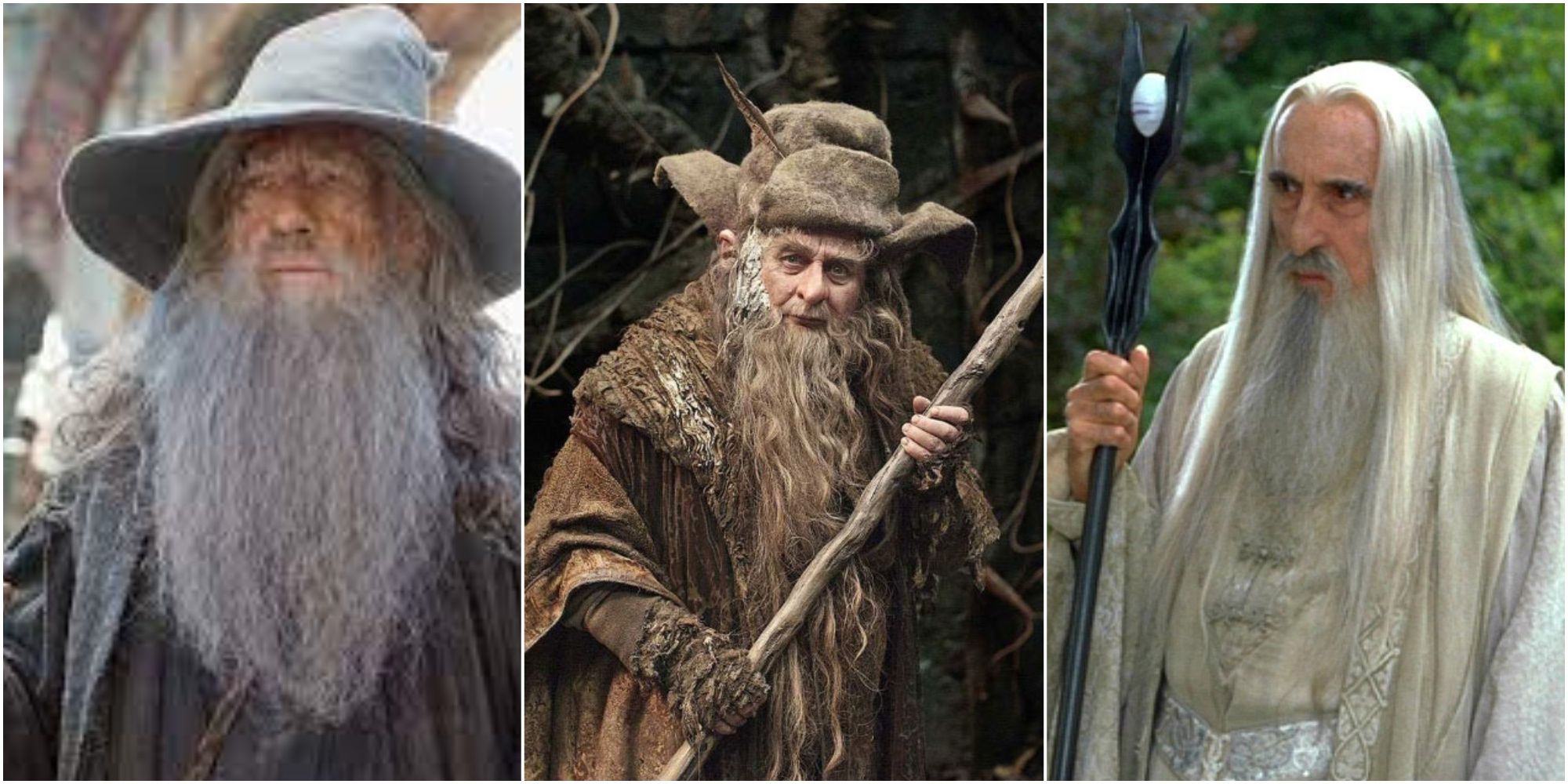
The Art of Archery in The Lord of the Rings: The Fellowship of the Ring

Exploring the archery scenes in The Lord of the Rings: The Fellowship of the Ring and the expert analysis of their realism and impact on the film.
The Archery Analysis
The Lord of the Rings: The Fellowship of the Ring's archery scenes have always been a point of fascination for fans, and recently, they were put under the microscope by an archery expert, revealing a mixed bag of realism. This iconic film, adapting the beloved books by author J.R.R. Tolkien, was brought to life by Peter Jackson in 2001. The chaotic and action-packed final battle features the skilled archer Legolas (Orlando Bloom) and Lurtz, the Uruk-hai leader, showcasing their prowess with bows and arrows.
Lurtz (Lawrence Makoare) drawing back his bow string before shooting Boromir (Sean Bean) in The Lord of the Rings_ The Fellowship of the Ring
In a recent video for Insider, archery expert Jim Kent scrutinized the archery featured during the film's ending battle, uncovering some interesting insights. While Legolas' use of a back quiver was commended, Kent pointed out some style choices that deviated from accurate archery practices. He highlighted the sound of arrows, the grip on the string, and the creaking of the bow as areas of departure from realistic archery techniques.
The Expert's Observations
Kent's analysis delved into the details of archery, shedding light on the nuances that often go unnoticed by casual viewers. He emphasized the use of a back quiver for a slim profile in the woods and the distinctive sound of arrows, particularly when using a flu-flu arrow with large feathers. Furthermore, Kent pointed out the unconventional grip on the string and the creaking of the bow, debunking the cinematic trope of bow creaking as unrealistic and potentially dangerous.
While Kent acknowledged the film's stylistic choices for dramatic effect, he rated the archery accuracy at six out of ten, anticipating mixed reactions from enthusiasts. His assessment raised questions about the balance between cinematic style and authenticity in portraying archery on screen, offering valuable insights into the portrayal of this ancient art form in film.
The Impact of Archery Mistakes
Kent's observations prompt a compelling discussion on the significance of archery mistakes in the context of filmmaking. He highlighted the intentional deviations from accurate archery practices as stylistic choices that contribute to character development and cinematic appeal. The exaggerated sound of Legolas' arrows and Lurtz's unconventional grip on the bow were identified as deliberate elements to enhance the visual and auditory experience of the film's climactic battle.
Moreover, Kent's insights into the broader context of film inaccuracies, including those related to horses, sword fighting, and castle sieges, underscore the intricate balance between cinematic storytelling and historical accuracy. The Lord of the Rings trilogy, as envisioned by Jackson, presents a captivating rendition of Tolkien's Middle-earth, incorporating stylistic flourishes that enrich the narrative and captivate audiences.
In conclusion, the archery mistakes in The Lord of the Rings: The Fellowship of the Ring are positioned as minor details that may escape the notice of casual viewers but evoke spirited discussions among enthusiasts. They exemplify the fusion of cinematic artistry and historical inspiration, contributing to the enduring legacy of these beloved fantasy films.














